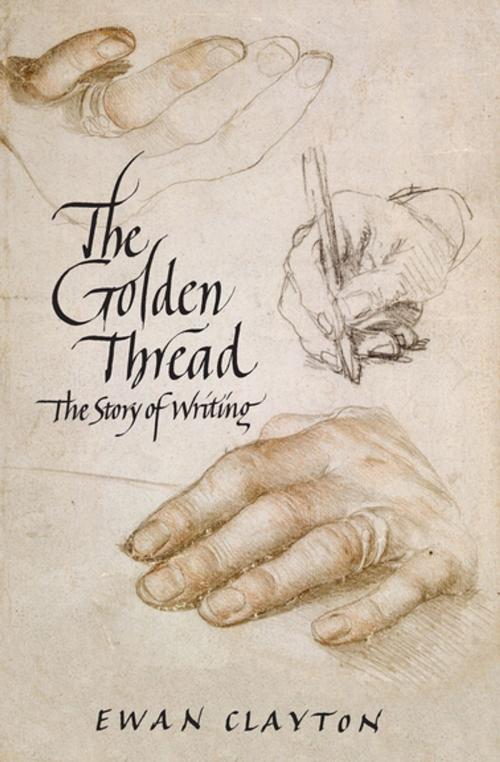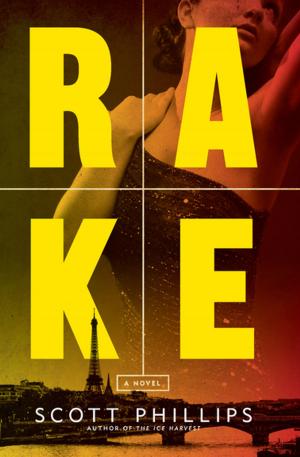The Golden Thread
The Story of Writing
Nonfiction, Reference & Language, Language Arts, Alphabet, Literacy, History| Author: | Ewan Clayton | ISBN: | 9781619023505 |
| Publisher: | Counterpoint Press | Publication: | February 11, 2014 |
| Imprint: | Counterpoint | Language: | English |
| Author: | Ewan Clayton |
| ISBN: | 9781619023505 |
| Publisher: | Counterpoint Press |
| Publication: | February 11, 2014 |
| Imprint: | Counterpoint |
| Language: | English |
A calligraphy expert traces the history of the written word from Mesopotamia to the digital revolutions of today in “a book no bibliophile should miss” (Publishers Weekly).
From the simple representative shapes used to record transactions of goods and services in ancient Mesopotamia to the sophisticated typographical resources available to people in the 21st century, the story of writing is the story of human civilization itself.
Here, calligraphy expert Ewan Clayton explores the social and cultural impact of the invention of the alphabet; the replacement of the papyrus scroll with the codex in the late Roman period; a fifteenth century printing innovation that led to the spread of literacy; the industrialization of printing during the Industrial Revolution; the impact of artistic Modernism on the written word in the early twentieth century—and of the digital switchover at the century’s close.
The Golden Thread also explores urgent issues for today’s era of written communication. Chief among these is the fundamental question: “What does it mean to be literate in the early twenty-first century?”
A calligraphy expert traces the history of the written word from Mesopotamia to the digital revolutions of today in “a book no bibliophile should miss” (Publishers Weekly).
From the simple representative shapes used to record transactions of goods and services in ancient Mesopotamia to the sophisticated typographical resources available to people in the 21st century, the story of writing is the story of human civilization itself.
Here, calligraphy expert Ewan Clayton explores the social and cultural impact of the invention of the alphabet; the replacement of the papyrus scroll with the codex in the late Roman period; a fifteenth century printing innovation that led to the spread of literacy; the industrialization of printing during the Industrial Revolution; the impact of artistic Modernism on the written word in the early twentieth century—and of the digital switchover at the century’s close.
The Golden Thread also explores urgent issues for today’s era of written communication. Chief among these is the fundamental question: “What does it mean to be literate in the early twenty-first century?”















